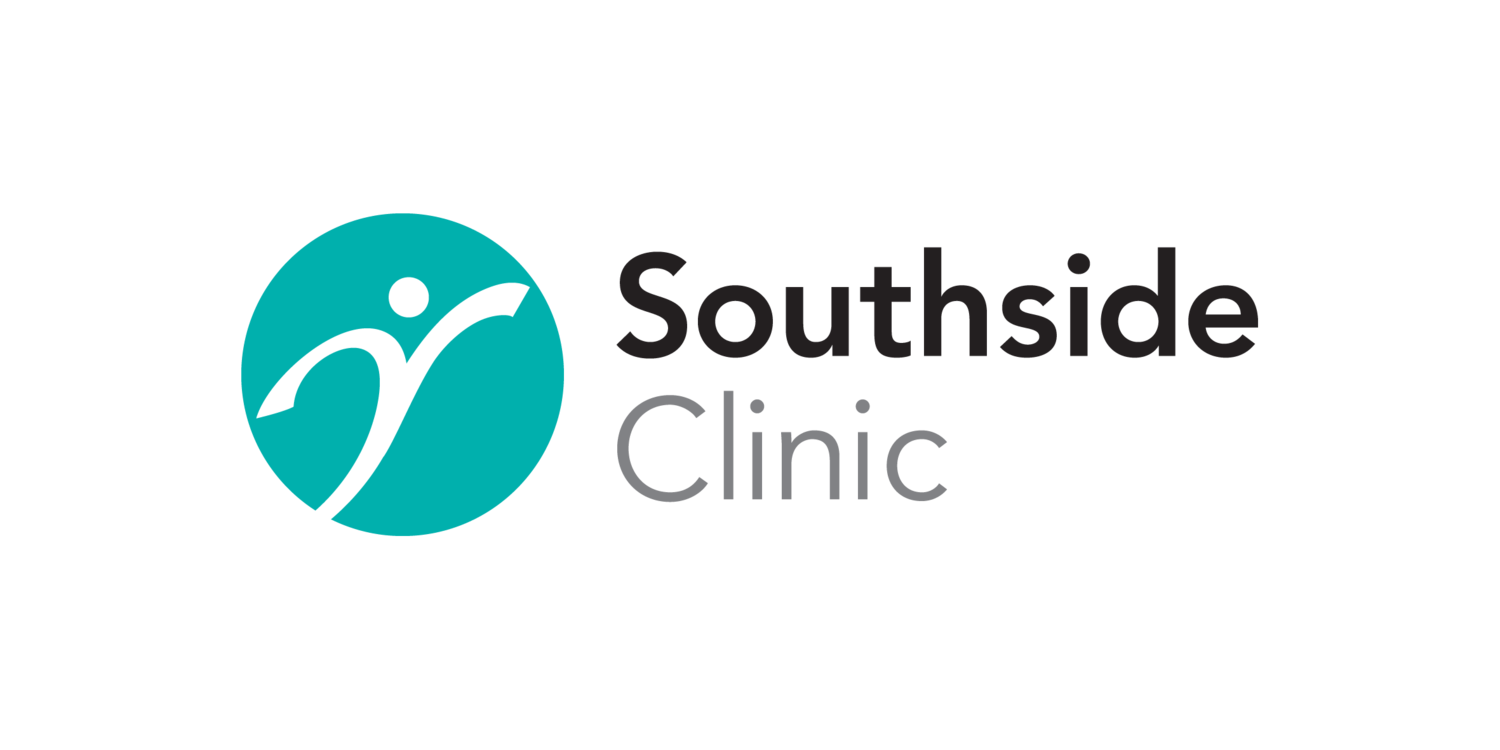Happy and healthy development.
We may assist with the musculoskeletal components of the following conditions in babies:
Irritability and difficulty settling
Sleeping problems
Feeding difficulties such as poor suckling and latching
Digestive disturbances such as colic, reflux, wind and bowel changes
Asymmetrical face or head shape
Restricted movements, such as torticolis
we may be able to help treat the musculoskeletal components of the following childhood problems:
Growing pains
Postural concerns
Scoliosis
Headaches
Asthma
Poor sleep and restlessness
+ more
Birth is a very stressful event for a baby as well as the mother. Almost all newborn babies experience some degree of trauma during labour, regardless of the type of delivery. The soft and pliable skeleton of a baby assists the baby through the birthing process, however may make them vulnerable to lasting mechanical strains from the birth.
Children of all ages are susceptible to strains in their body from falls, illnesses, bumps to the head and growth spurts. Any unresolved strains may influence the way in which your child grows and develops.
By addressing the musculoskeletal system our treatment may influence the developing nervous system, helping balance, posture, co-ordination and cognitive skills.
The team at Southside Clinic will assess your individual case and work with you to develop the most appropriate action plan going forward. This may include hands on treatment, referral to the GP or other health professional, referral for imaging such as an MRI or X-ray, individual exercise prescription and general nutritional advice.
Research and Evidence:
Natalie M. Hayes, DO; Todd A. Bezilla, DO. Incidence of Iatrogenesis Associated With Osteopathic Manipulative Treatment of Pediatric Patients. The Journal of the American Osteopathic Association, October 2006, Vol. 106, 605-608.
Osteopathic manipulative treatment appears to be a safe treatment modality in the pediatric population when administered by physicians with expertise in osteopathic manipulative treatment. Future studies should be prospective and include larger numbers of patients to document the safety of osteopathic manipulative treatment in this clinical application.
Steele KM, Carreiro JE, Viola JH, Conte JA, Ridpath LC. Effect of osteopathic manipulative treatment on middle ear effusion following acute otitis media in young children: a pilot study. Journal of American Osteopathic Association
A standardized osteopathic manipulative treatment protocol administered adjunctively with standard care for patients with acute otitis media may result in faster resolution of middle ear effusion following acute otitis media than standard treatment alone.
Mills MV, Henley CE, Barnes LL, Carreiro JE, Degenhardt BF. The use of osteopathic manipulative treatment as adjuvant therapy in children with recurrent acute otitis media. Arch Pediatr Adolesc Med. 2003 Sep;157(9):861-6
The results of this study suggest a potential benefit of osteopathic manipulative treatment as adjuvant therapy in children with recurrent AOM; it may prevent or decrease surgical intervention or antibiotic overuse.
F.Cerritelli, G.Pizzolorusso, C.Renzetti, V.Cozzolino, M.D’Orazio, M.Lupacchini, B.Marinelli, Alessandro A.C.Lucci, J.Lancellotti, S.Ballabio, C.Castelli, D.Molteni, R.Besana, L.Tubaldi, F.Paolo Perri, P.Fusilli, C.D’Incecco, G.Barlafante A Multicenter, Randomized, Controlled Trial of Osteopathic Manipulative Treatment on Preterms PLOS ONE | DOI:10.1371/journal.pone.0127370
This large randomised controlled trial identified that osteopathic treatment reduced the number of days of hospitalization and is cost-effective on a large cohort of preterm infants.
T. Andreson, C. Bahr, C. Ciranna- Raab. Efficacy of osteopathy and other manual treatment approaches for malocclusion – A systematic review of evidence. IJOM 16 (2), June 2013, 99-113
In this systematic review, osteopathy and other manual therapy approaches are tested in dental malocclusion. Evidence collected suggests osteopathy assisted realignment over alternative forms of manual therapy.

